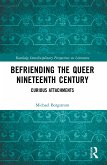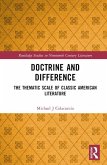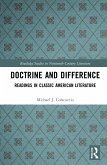This book studies the representations of working-class women in canonical and popular American fiction between 1820 and 1870. These representations have been invisible in nineteenth century American literary and cultural studies due to the general view that antebellum writers did not engage with their society's economic and social relaities. Against this view and to highlight the cultural importance of working-class women, this study argues that, in responding to industrialization, middle class writers such as Melville, Hawthorne, Fern, Davies, and Phelps used the figures of the factory worker and the seamstress to express their anxieties about unstable gender and class identitites. These fictional representations were influenced by, and contributed to, an important but understudied cultural debate about wage labor, working women, and class.
Bitte wählen Sie Ihr Anliegen aus.
Rechnungen
Retourenschein anfordern
Bestellstatus
Storno








